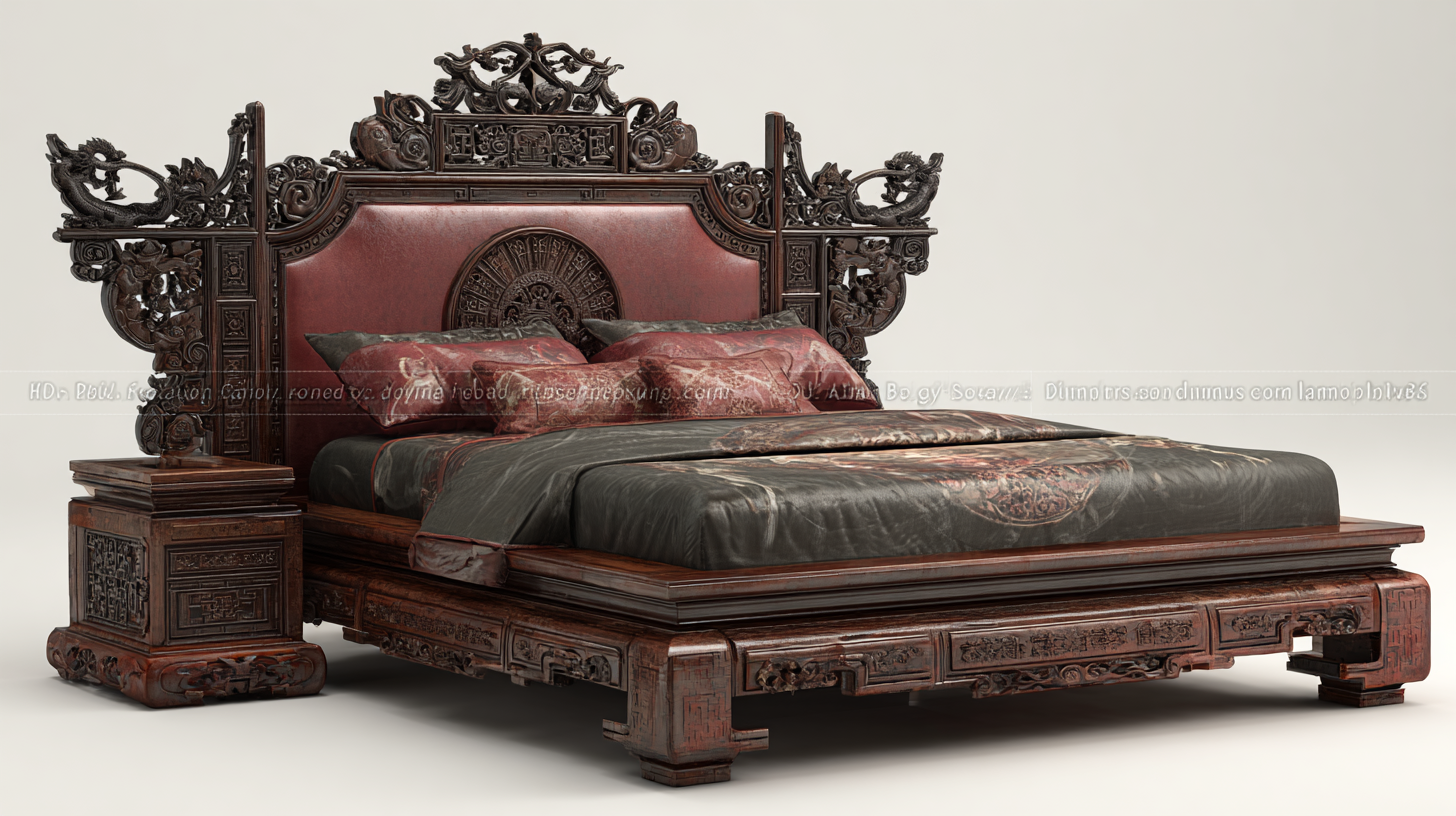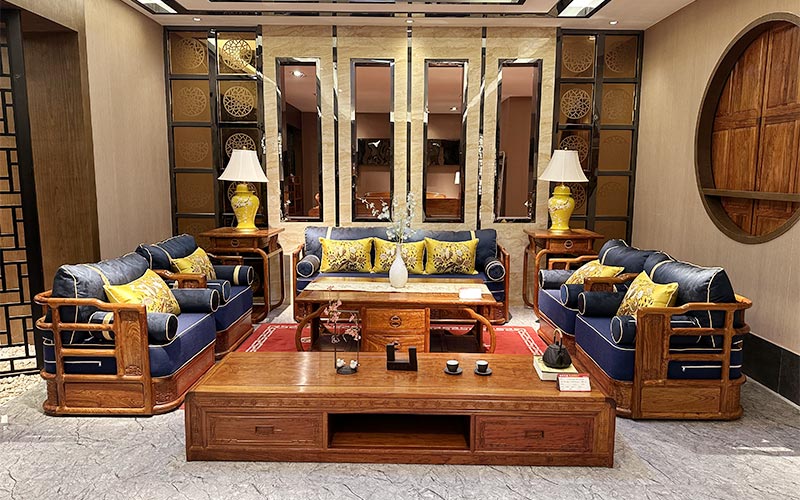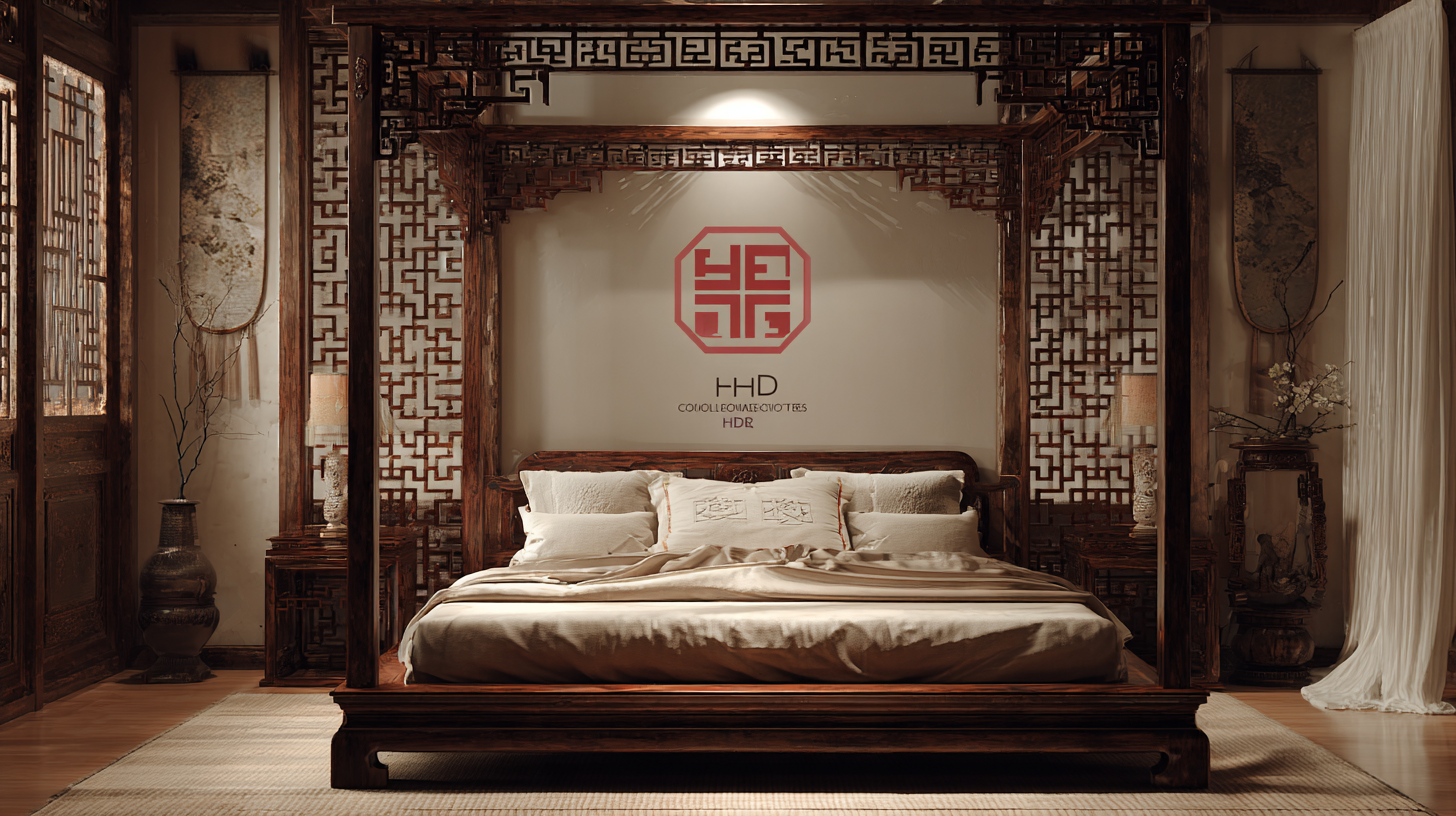Common Challenges Faced by Global Buyers When Sourcing the Best Chinese Style Beds
In the ever-evolving landscape of global trade, sourcing the best Chinese style beds presents both exciting opportunities and formidable challenges for buyers around the world. Chinese style beds, renowned for their exquisite craftsmanship and rich cultural heritage, offer a unique blend of aesthetics and functionality that makes them a coveted choice in various markets. However, navigating the complexities of international sourcing can be daunting.
Challenges such as quality assurance, communication barriers, and differing standards can hinder the sourcing process. Additionally, understanding the nuances of cultural preferences and logistical hurdles can complicate transactions further. In this blog, we will delve into the common challenges faced by global buyers when seeking the perfect Chinese style bed, highlighting key reasons that contribute to these difficulties and providing insights into how to overcome them.
Identifying Key Features of Chinese Style Beds for Global Buyers
When sourcing Chinese style beds, global buyers should focus on identifying key features that define quality and authenticity. According to a report from the International Association of Furniture Manufacturers, the demand for traditional Chinese furniture, including beds, has grown by 15% annually over the past five years. This indicates a significant market interest, which requires buyers to understand essential elements such as craftsmanship, materials, and design.
One of the most critical features of Chinese style beds is the use of solid wood, often featuring hardwoods like mahogany or teak that are prized for their durability and aesthetic appeal. A recent survey by the Furniture Market Research Institute revealed that 76% of consumers prefer wooden beds due to their sustainability and longevity. Additionally, intricate detailing such as hand-carved motifs and lacquer finishes are essential for authenticity and can greatly influence the price, making it vital for buyers to assess these elements before purchase. Understanding these characteristics helps global buyers not only to ensure they select authentic products but also to navigate potential challenges in sourcing and quality assurance.

Understanding Cultural Preferences in Bed Design and Aesthetics
When sourcing Chinese style beds, global buyers often encounter significant cultural preferences that can significantly influence design and aesthetics. Understanding these preferences is crucial, as they can dictate the market success of such products. Studies show that over 70% of consumers in Asia value traditional symbolism and craftsmanship in their furniture choices, preferring designs that reflect cultural heritage. This is especially true for bed designs, which are often seen not just as functional items but as crucial elements of home aesthetics and cultural identity.
The nuances in bed design, such as the use of specific motifs, color schemes, and materials, play a vital role in appealing to these cultural preferences. For instance, the color red, frequently associated with luck and happiness in Chinese culture, is often favored in bedroom designs. Reports indicate that incorporating traditional patterns into modern designs can increase consumer interest by nearly 40%. Thus, global buyers must prioritize these aesthetic considerations to align with cultural expectations, ensuring that their products resonate with Chinese consumers’ values and preferences.
Navigating Quality Assurance and Supplier Reliability in China
When sourcing Chinese style beds, global buyers frequently grapple with challenges surrounding quality assurance and supplier reliability. The Chinese furniture market is vast and diverse, making it essential for buyers to thoroughly vet potential suppliers. Common quality issues include inconsistent manufacturing processes and the use of subpar materials that can compromise the durability and aesthetics of the final product. Establishing clear quality standards and conducting rigorous inspections are crucial steps that buyers must take to ensure the beds meet their specifications.
Additionally, supplier reliability is a major concern. With a myriad of suppliers vying for business, ensuring that a supplier can consistently deliver on time and as promised is vital. Buyers should seek partnerships with manufacturers that have a proven track record of reliability, which may involve checking references, reviewing past client feedback, and potentially engaging local agents who can oversee operations. Building trust and maintaining open lines of communication with suppliers can lead to more successful sourcing experiences, ultimately resulting in high-quality products that resonate with consumers.
Addressing Language Barriers and Communication Challenges in Sourcing
Sourcing Chinese style beds can be an exciting venture for global buyers, but language barriers often complicate the process. Effective communication is crucial when establishing relationships with manufacturers, as misunderstandings can lead to flawed orders and costly mistakes. Many buyers find it challenging to convey their specific needs, from design preferences to quality expectations. Without a shared language, even the simplest discussions can become convoluted, resulting in delays and frustration.
To overcome these hurdles, buyers can invest in professional translation services or employ bilingual staff. This not only ensures clarity in communication but also fosters a sense of trust between parties. Additionally, utilizing visual aids such as sketches or images to illustrate design concepts can bridge the gap where words fail. By prioritizing clear communication strategies, global buyers can enhance their sourcing experience, paving the way for successful partnerships and the acquisition of high-quality Chinese style beds that meet their exact requirements.
Evaluating Shipping and Logistics Options for International Buyers
When sourcing Chinese style beds, international buyers face significant challenges in evaluating shipping and logistics options. According to recent industry reports, shipping costs have escalated sharply, driven by fluctuating fuel prices and increased demand for freight services, complicating budgetary planning for buyers. For instance, a survey indicated that over 60% of companies have experienced delays in shipping timelines, which can jeopardize customer satisfaction and lead to financial losses.
Additionally, environmental considerations are becoming increasingly relevant in shipping logistics. The shipping industry is under pressure to reduce its carbon footprint, with the latest studies highlighting that transitioning to greener practices could mitigate operational costs in the long run. A report found that companies implementing sustainable logistics practices not only bolster their brand image but also tap into a growing consumer base that prioritizes environmental sustainability. Thus, international buyers must navigate the dual challenges of managing expenses while also addressing their ecological impact, ultimately affecting their buying decisions and market positioning.








